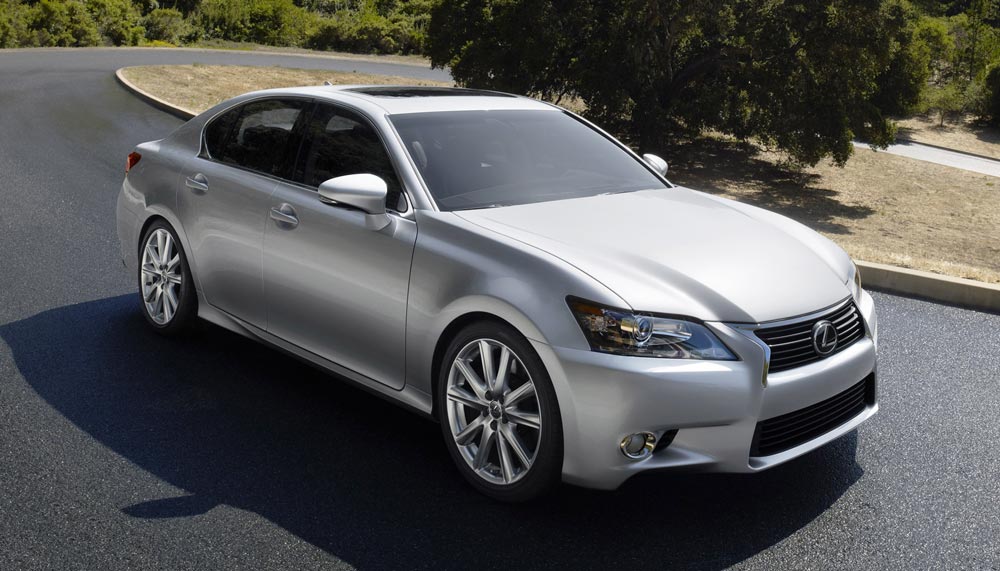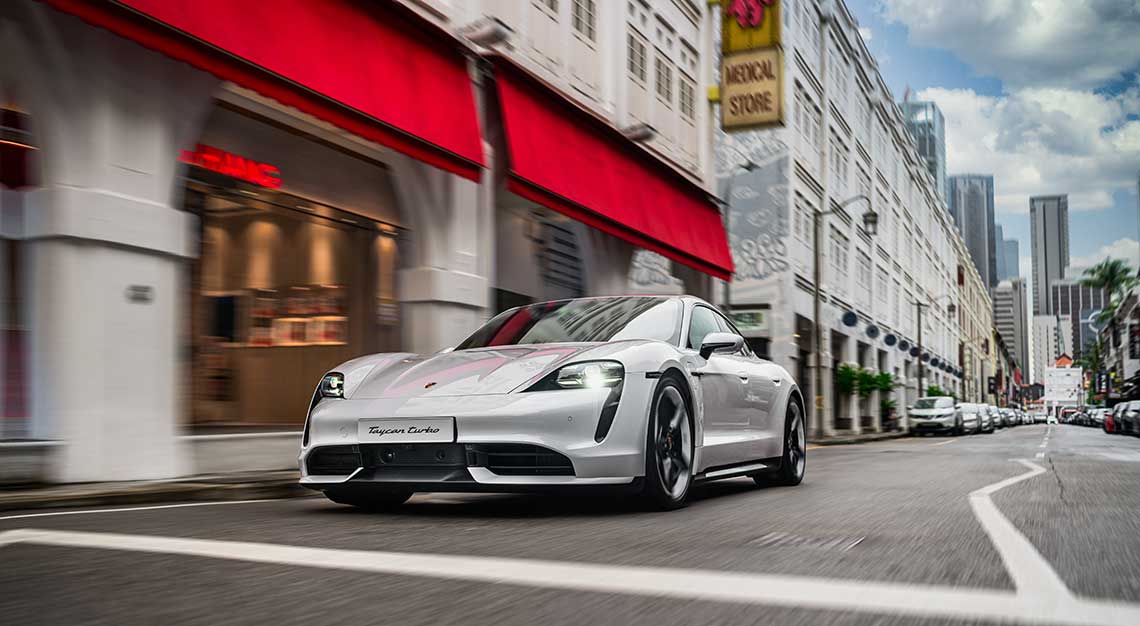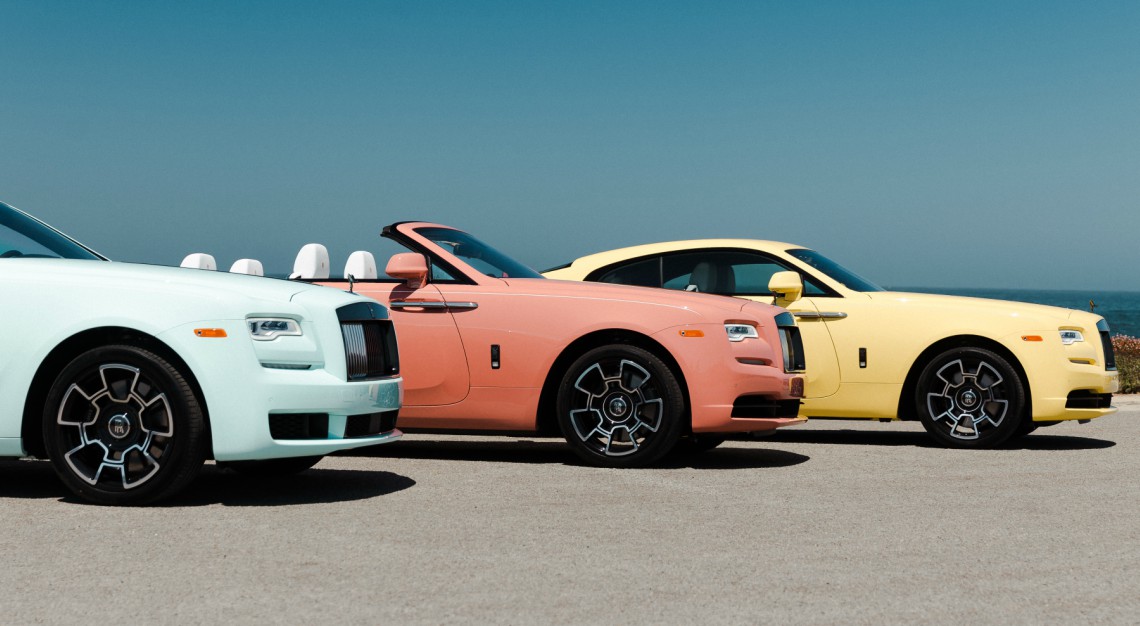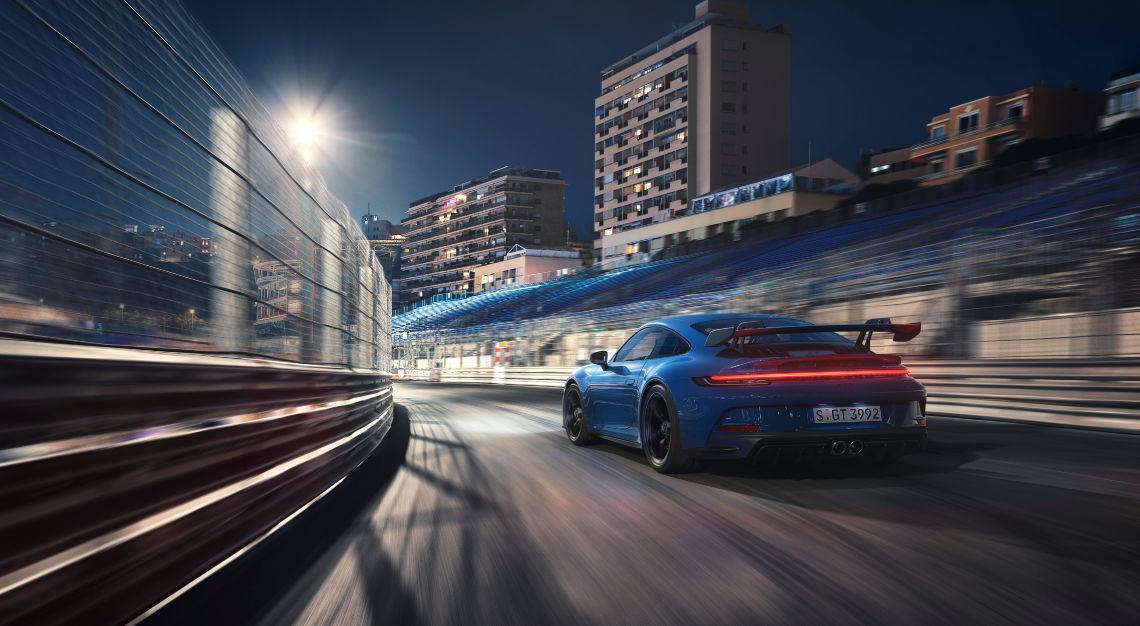Smooth, as always
I remember hailing the Lexus GS as a revelation when I first drove it in late-stage prototype form on a test-track at the carmaker’s facility in Belgium six years ago. It combined the Japanese carmaker’s trademark refinement and comfort, but for the first time, it also handled incredibly tidily.
Fast forward a little over half a decade and there’s no getting away from the fact that the GS is getting a little long in the tooth. Mild cosmetic tweaks earlier this year saw to it that the GS doesn’t fall too far behind its peers in the segment.
Still, the model has held up surprisingly well. Its chassis is still as rigid as I remember it to be, and the previous entry-level variant, powered by a 2.5-litre V6, is now powered by a two-litre turbocharged four-cylinder engine. The six- speed automatic transmission used previously has also been replaced by an eight-speeder. The result of this new powertrain is increased power (209bhp versus 241bhp) and a quicker century sprint time (8.6 seconds versus 7.3 seconds). The turbocharged GS loses the V6 motor’s turbine-like smoothness, with the four-cylinder engine feeling more gruff, but the new GS is hardly a rattling lorry.
The new forced-induction powerplant also has more low-end grunt, which is nice.
The GS you see on these pages is just a mid-life facelift and seismic changes will only come when an all-new model is launched, likely to be in the next few years. Based on the strength of the current model, that’ll be something to look forward to, but for now, the GS remains a smart pick.






